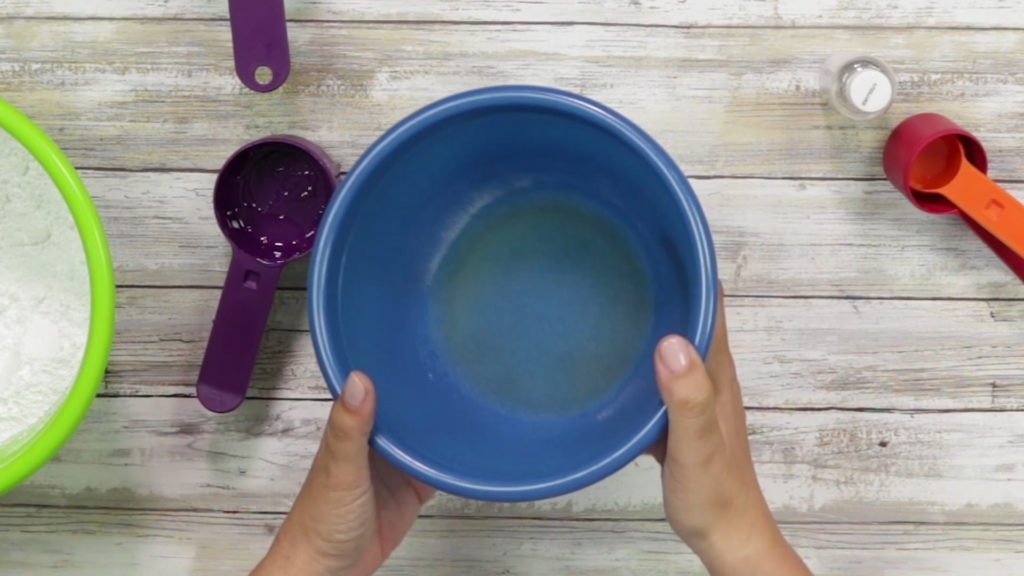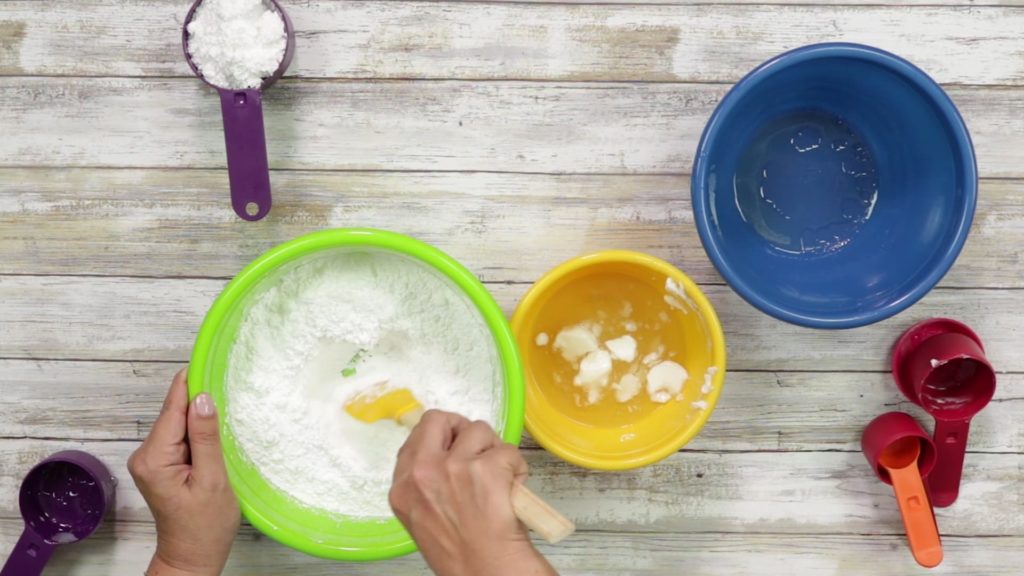Cake designer Paola Levy walks us through her easy homemade fondant recipe with instructions for DIY fondant in any climate.
Want to get a free adjustable cake edge scraper for sharp edges in exchange for your feedback? learn more here
While commercial fondant is most commonly used amongst home bakers and decorators, it is widely agreed that homemade fondant just tastes better! It is really not as time consuming as people seem to think, but does require a little bit of elbow grease in the kneading stages.
Plus, you can experiment with the recipe to get just the right consistency for your particular style. You may go with a more pliable texture for covering cakes, and a stiffer texture for your toppers. At that point, you can easily make your own gumpaste too!
What you’ll need for this fondant recipe
- 1 tablespoon of gelatin
- 1/4 cup of cold water
- 1/2 cup of glucose
- 1 tablespoon of glycerin
- 2 tablespoons of white shortening
- 8 cups of powdered sugar (one cup is for kneading)
- 1 teaspoon of clear vanilla (to assure a white fondant)
- CMC powder (optional, for gumpaste)

How to make your own homemade fondant in 4 easy steps
- In a medium bowl, bloom the gelatin by sprinkling it evenly over the water. Let it rest for 5 minutes. When it appears solid, place it in the microwave for a few seconds at a time until the gelatin dissolves.
- In another bowl, combine the shortening, glucose and glycerin. Microwave for short bursts of time (under 30 seconds) until the shortening is mostly melted and the mixture appears to be liquid. Add the vanilla.
- In the bowl of your stand mixer (greased with shortening) pour 6 cups of the sugar and make a well in the center. Add the glucose mixture to the center and stir with the paddle attachment at very low speed.
- Transfer the fondant to the table and finish kneading in the rest of the sugar by hand until it’s the desired consistency for your decorating project.

Alternatively, you can just mix the fondant in a bowl with a rubber spatula. The stand mixer isn’t totally necessary and mixing by hand is great for the triceps!
You’ll know your fondant is ready for use when it retains the shape of a ball.

Adjusting the recipe for your climate
In order to customize the recipe, you simply need to know the purpose of the ingredients, so you can alter the quantities accordingly.
- Glycerin: for moisture and shine (subtract 1/4 of the quantity in high humidity)
- Shortening: for shine and elasticity (add more if fondant is too tough)
- Sugar: for flavor and shape (add more if fondant is too soft)
You may also want to try out different flavors and colors like passionfruit fondant since now you can make your own fondant and the fun is just beginning!
Turning fondant into gumpaste
To make your homemade fondant into homemade gumpaste, just knead 1-2 teaspoons of CMC powder (Tylose) into 1 pound of fondant. In more humid climates, more CMC will be necessary. Let it rest overnight for the most workable consistency.
The advantage of gumpaste, also called sugar paste, is that it dries slightly harder than fondant, so makes a good material for figurines and cake toppers, and especially sugar flowers, which need to be very firm so as not to break during delivery, or even as sweet little keepsakes!
Add a drop of your favorite food-safe gel color to a fist-sized portion of fondant or gumpaste to experiment with different solid shades and marbling. Then, when you’ve been inspired by your homemade fondant experience, share your thoughts in the comments section!
Want to get a free adjustable cake edge scraper for sharp edges in exchange for your feedback? learn more here
Thanks nice one but you You have not said what should be done with the mixture of gelatin